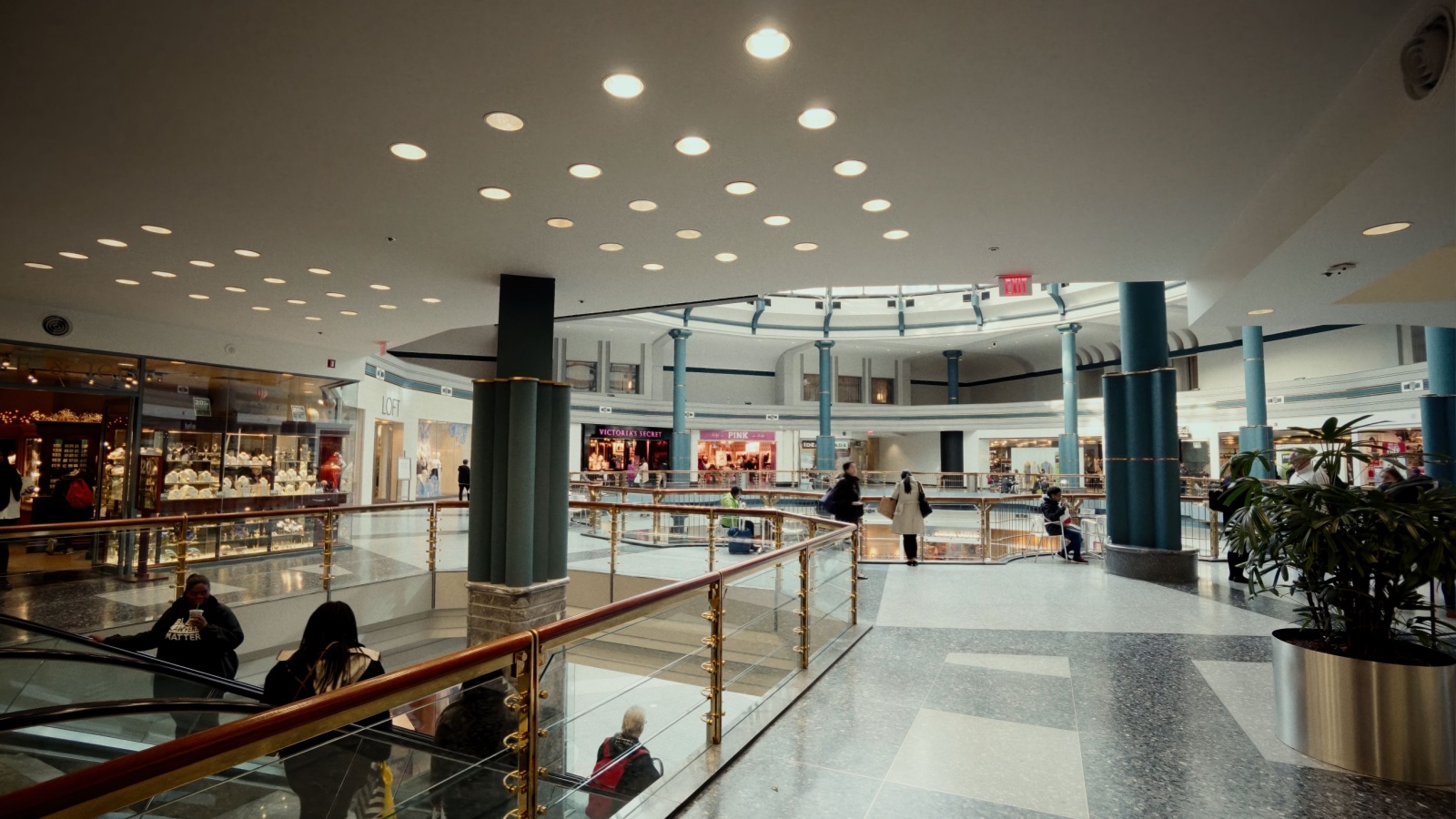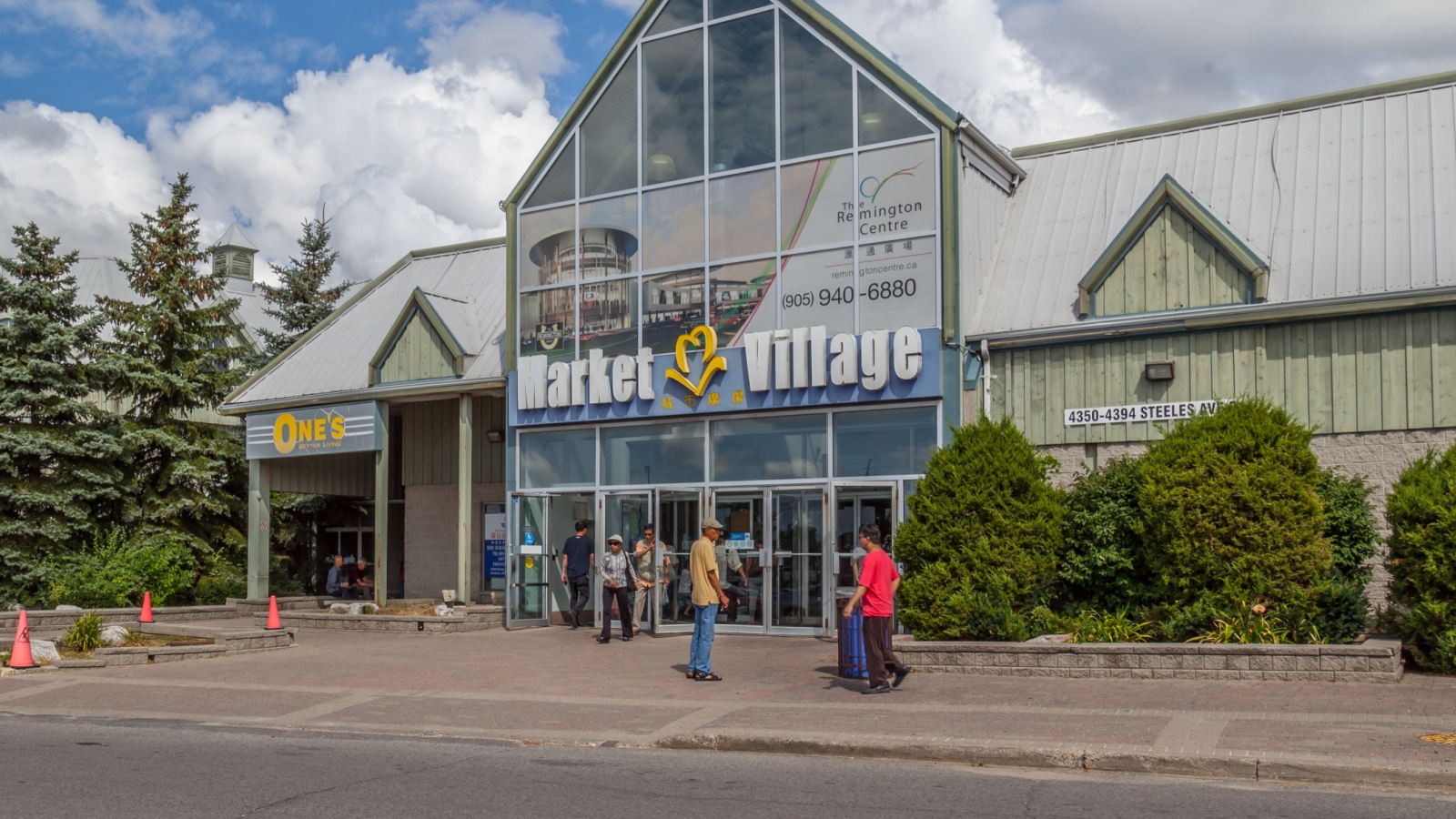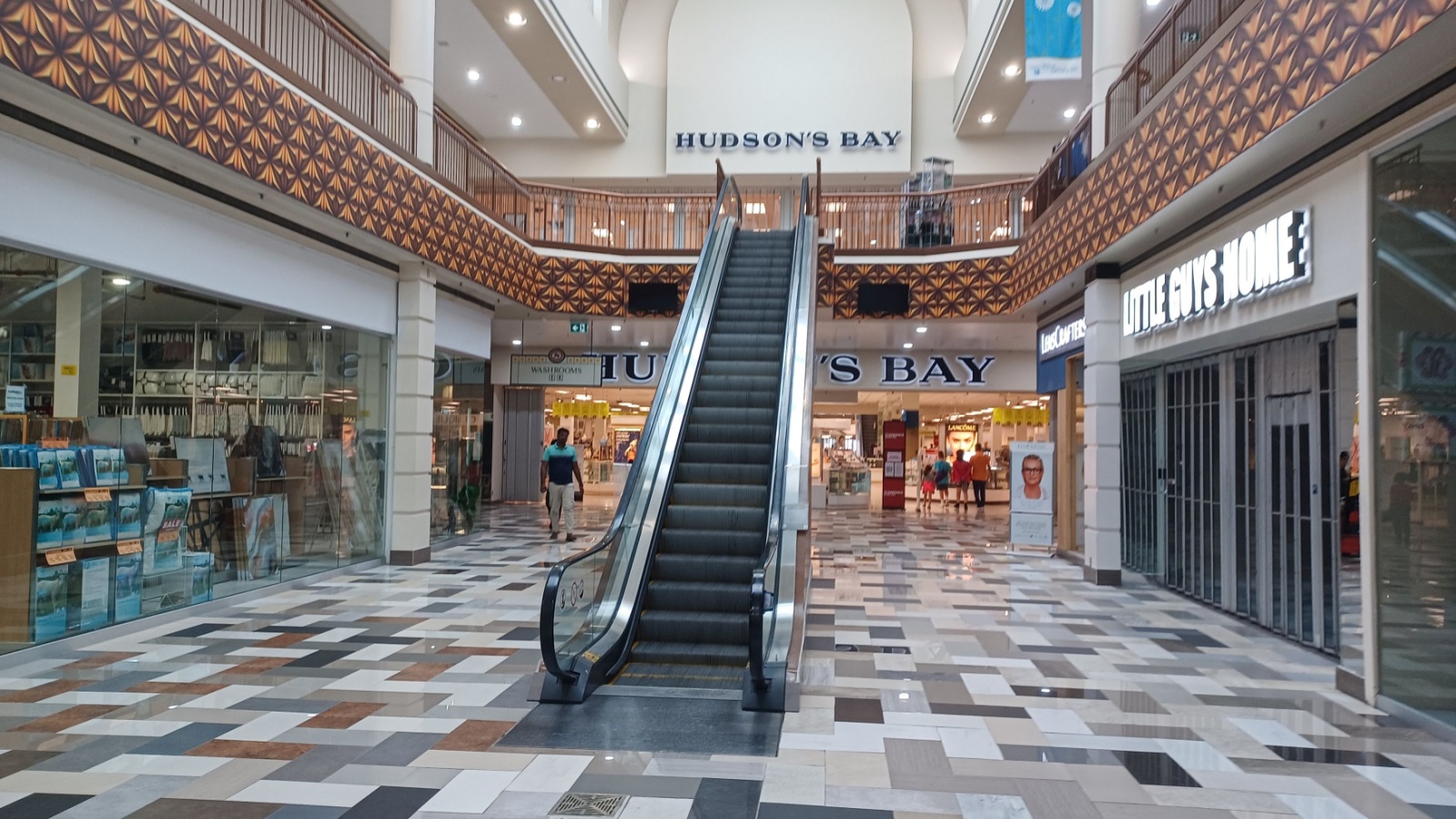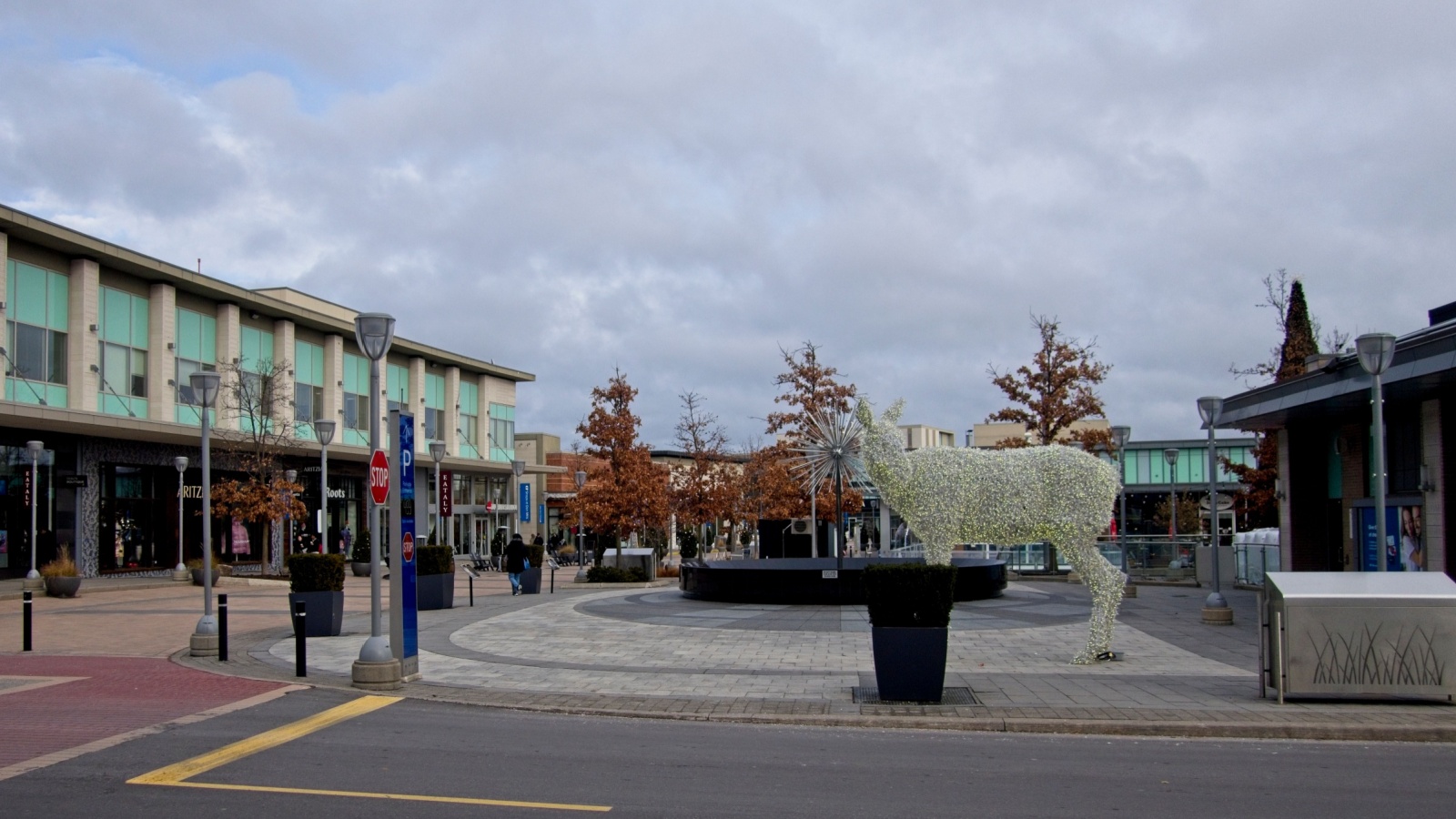Shopping malls once served as lively gathering places where weekend plans and shopping lists met under one roof. Over the decades, though, several of these once-thriving centers have gone silent. Changing consumer habits, online retail, high maintenance costs, and urban redevelopment all contributed to their decline. Here are 21 Canadian malls that faded into history.
Algo Center Mall (Elliot Lake, Ontario)

Opened in 1980, Algo Center Mall served as the main shopping destination for Elliot Lake. Built with a rooftop parking deck, its structural flaws became apparent over time. Water leaks and corrosion weakened the building until 2012, when a roof collapse tragically killed two people and injured several others. The mall was permanently closed, demolished, and replaced by a new development. The disaster sparked national debate about building safety and maintenance oversight. What was once a proud town hub turned into one of Canada’s most somber retail stories, marking the end of a community’s commercial heart.
Honeydale Mall (Etobicoke, Ontario)

Honeydale Mall opened in 1973 with Woolco and a grocery store as main anchors. Located near Dundas Street West, it once served as a convenient stop for local shoppers. When Walmart replaced Woolco and later relocated, the mall’s foot traffic dropped sharply. The grocery anchor closed in 2013, and most tenants followed. Redevelopment plans were announced but repeatedly delayed. Today, Honeydale sits fenced off and abandoned, a shell of suburban retail life. Its decline shows how anchor tenant shifts can collapse an entire ecosystem of smaller stores dependent on shared customer flow and consistent mall traffic.
Unicity Mall (Winnipeg, Manitoba)

Unicity Mall opened in 1975 as one of Winnipeg’s largest shopping centers. Anchored by Woolco and The Bay, it offered entertainment, fashion, and community events. By the 1990s, changing retail trends, economic stagnation, and new power centers drew away shoppers. When its parent company, Bramalea, went bankrupt in 1995, the mall struggled to recover. Vacancies grew, and redevelopment became inevitable. The property was demolished around 2000, replaced with Unicity Shopping Center, a big-box retail site. Its demolition represented the end of Winnipeg’s traditional mall era, replaced by open-concept stores catering to modern shopping preferences.
Niagara Square (Niagara Falls, Ontario)

Opened in 1977, Niagara Square was once a bustling retail space with dozens of stores and local entertainment options. Over time, retail traffic dwindled as newer outlets opened nearby. Despite efforts to modernize, by 2017, most tenants had departed. The enclosed portion was shuttered and demolished in 2019. A Costco warehouse opened on the site the following year. Niagara Square’s demise reflected a regional shift away from enclosed malls toward large warehouse retailers offering efficiency over ambiance. What once drew weekend crowds now stands as an example of suburban redevelopment meeting modern retail economics.
Alberni Mall (Port Alberni, British Columbia)

Alberni Mall opened in 1979 with Safeway and Kmart as anchors, serving as a hub for Vancouver Island shoppers. By the late 1990s, tenant losses and regional competition from power centers made survival difficult. The enclosed mall closed in 2007 and was later transformed into a strip-style shopping complex. The rebranding shifted focus from traditional corridors to outward-facing storefronts. Its redevelopment mirrored national trends as smaller markets abandoned enclosed malls in favor of cost-effective retail layouts. Alberni Mall’s evolution from indoor shopping to outdoor retail shows the flexible but bittersweet survival tactics of smaller Canadian centers.
Lincoln Fields Shopping Center (Ottawa, Ontario)

Lincoln Fields opened in 1972 to serve Ottawa’s west end. Anchored by a department store and grocery chain, it thrived during the suburban expansion era. With time, newer malls and big-box stores reduced their traffic. By the 2010s, most tenants had left, and redevelopment plans began to surface. The building was demolished in 2019 to make way for residential and mixed-use development. For longtime residents, its closure marked the loss of a familiar meeting place. Lincoln Fields’ disappearance captured the steady transformation of community malls into urban redevelopment projects built for modern density.
Herongate Mall (Ottawa, Ontario)

Herongate Mall served southeast Ottawa for decades as a convenient neighborhood center. Featuring small local stores, a grocery chain, and service businesses, it once catered to surrounding residents. As larger malls expanded nearby and competition grew, tenants left one by one. Maintenance declined, and vacant storefronts multiplied. The property was eventually acquired by a developer, and the site now forms part of a larger residential redevelopment. Herongate’s slow decline reflected what happens when local shopping centers fail to evolve with urban trends.
Highfield Square (Moncton, New Brunswick)

Highfield Square opened in 1967, becoming Moncton’s go-to retail destination for decades. Anchored by Eaton’s and other national brands, it served as a regional landmark. Over time, newer malls such as Champlain Place diverted customers. Eaton’s bankruptcy in 1999 hit hard, and occupancy dropped drastically. The mall closed in 2013 and was later demolished to make way for a new downtown arena and event center. Its closure marked the end of a familiar chapter in Moncton’s downtown economy.
Market Village (Markham, Ontario)

Market Village opened in the early 1990s near Steeles Avenue as a multicultural retail complex serving Toronto’s Chinese community. With hundreds of specialty shops and restaurants, it flourished for years. However, competition from Pacific Mall and changing property plans eventually led to its closure. In 2018, Market Village was demolished to make room for the ambitious Remington Center project. The redevelopment aimed to modernize the area while preserving its cultural identity. Market Village remains remembered for its vibrant marketplace feel and role in shaping the Asian retail corridor in the Greater Toronto Area.
Galleria Shopping Center (Toronto, Ontario)

Opened in 1972, the Galleria Shopping Center became a midtown Toronto staple for decades. Housing department stores, grocers, and family businesses reflected the community-oriented retail of its time. By the 2000s, with newer plazas nearby and changing demographics, vacancies increased. The mall gradually emptied and was slated for demolition. Its site is now being transformed into Galleria on the Park, a mixed-use urban development. Galleria’s decline shows how inner-city malls faced pressure from redevelopment and modern mixed-use models emphasizing residential density over enclosed retail corridors.
Don Mills Center (Toronto, Ontario)

First opened in 1955, Don Mills Center was one of Canada’s earliest suburban malls. Initially designed as an open-air plaza, it was enclosed in the 1970s to follow retail trends. By the 2000s, competition and declining traffic led to a major overhaul. The original structure was demolished in 2006 and replaced with Shops at Don Mills, a modern open-air lifestyle center. The transformation signaled the end of the enclosed-mall era in Toronto’s suburbs. Don Mills’ evolution from classic mall to upscale village mirrored retail’s shift toward experiential and boutique-style shopping experiences.
Kingston Shopping Center (Kingston, Ontario)

Kingston Shopping Center was once the city’s retail cornerstone, opening in 1955 with Simpson-Sears and Loblaws as anchors. For years, it served as a regional shopping hub. As larger complexes like Cataraqui Town Center opened, Kingston Shopping Center lost its dominance. By the 1990s, most interior tenants had closed. The mall was eventually converted into an open-air retail plaza. Though still active commercially, the original enclosed mall no longer exists. Its transition represented another step in the gradual fading of enclosed mid-century shopping centers across Ontario’s growing urban landscape.
Les Terrasses (Gatineau, Quebec)

Les Terrasses once represented the modern retail dream in Gatineau, drawing shoppers from both sides of the Ottawa River. Anchored by popular department stores, it thrived through the 1970s and 1980s. Economic shifts, increased competition, and an aging facility led to its closure in the early 2000s. The property was later redeveloped for office and residential use. For locals, Les Terrasses was more than a shopping stop; it was part of community identity. Its disappearance demonstrated Quebec’s broader transition from mid-sized malls to mixed-use downtown revitalization projects.
Center 2000 (Sudbury, Ontario)

Center 2000 opened as part of Sudbury’s retail expansion in the 1980s, promising convenience and accessibility. However, the rise of large-format retail parks and suburban power centers quickly pulled shoppers away. Maintenance challenges and limited renovation budgets accelerated its decline. By the early 2000s, most tenants had vacated, and redevelopment was proposed. Its eventual closure reflected the shrinking viability of smaller regional malls in mid-sized markets. Center 2000’s quiet disappearance showed how easily local retail landmarks can fade without leaving a lasting architectural footprint.
Market Square (Kitchener, Ontario)

Market Square opened in the late 1970s as part of downtown Kitchener’s revitalization efforts. Initially popular for its indoor farmers’ market and specialty stores, it struggled when suburban malls gained traction. Tenant turnover increased, and foot traffic declined. By the 2000s, most retailers had left. The building was repurposed for offices, events, and entertainment. While its structure still stands, Market Square no longer functions as a traditional shopping mall. The transformation reflects many downtown retail centers that pivoted toward mixed uses after the decline of enclosed mall commerce.
Shoppers City East (Ottawa, Ontario)

Shoppers City East was one of Ottawa’s early suburban malls. Built during the retail expansion of the 1960s, it provided essential services and everyday goods for residents. As newer power centers and larger malls developed, customer traffic fell sharply. Gradually, tenants closed or relocated, leaving the structure underused. The property was redeveloped for other commercial uses, removing the original enclosed layout. Its closure is a reminder of how even mid-level malls serving essential community functions were not immune to changing retail geography and consumer patterns.
Devonshire Mall Annex (Windsor, Ontario)

Located near the main Devonshire Mall, the smaller annex area was once home to local retailers and entertainment venues. Over time, competition from the main mall and changing tenant interests reduced its significance. Many units closed, and redevelopment focused on expanding the primary Devonshire Mall instead. The annex was eventually demolished, consolidating retail activity into one central location. The case illustrates how smaller connected mall properties often lose out when larger anchor developments absorb customer attention and investment.
University Mall (Calgary, Alberta)

University Mall, located near the University of Calgary, once offered a compact mix of bookstores, cafes, and clothing shops aimed at students and locals. In the 2000s, rising rents and competition from larger centers reduced its profitability. Gradually, independent tenants closed, and the property was sold for redevelopment. The building was later repurposed into a mixed-use academic and commercial site. Its decline represented a broader pattern of small urban malls struggling to compete with experiential retail spaces offering entertainment and dining alongside traditional stores.
Westmount Shopping Center (London, Ontario)

Opened in 1971, Westmount Shopping Center was once one of London’s busiest malls. Anchored by Sears and other large retailers, it thrived for decades. The early 2000s saw growing vacancies, and Sears’ closure accelerated the decline. The property was partially redeveloped into Westmount Commons, blending offices, retail, and residential units. The new layout abandoned the fully enclosed concept. Westmount’s transformation shows how mid-tier malls in mid-sized cities are evolving into multi-purpose spaces to survive modern retail realities.
Brunswick Square (Saint John, New Brunswick)

Brunswick Square opened in 1976 as part of a downtown revitalization project that included a hotel and office tower. It was a central retail space for years, filled with boutiques and services. Over the past decade, vacancies climbed as national chains left and local businesses downsized. By 2022, only a fraction of stores remained open. The property’s owners have been exploring redevelopment options. Brunswick Square’s decline underlines the difficulty of maintaining traditional mall models in urban cores where online shopping and shifting demographics reshape consumer behavior.
Place Vertu (Montreal, Quebec)

Place Vertu opened in 1975 and enjoyed years of prosperity as one of Montreal’s suburban retail giants. Anchored by Eaton’s and Zellers, it saw heavy foot traffic through the 1980s. As key anchors closed and newer shopping complexes emerged, the mall experienced a gradual decline. Although partially revitalized, much of its original enclosed design and tenant mix have vanished. Redevelopment efforts focus on modernization and partial rebranding. Place Vertu’s story captures how even major urban malls must reinvent themselves or risk fading from relevance in an increasingly competitive retail environment.
21 Products Canadians Should Stockpile Before Tariffs Hit

If trade tensions escalate between Canada and the U.S., everyday essentials can suddenly disappear or skyrocket in price. Products like pantry basics and tech must-haves that depend on are deeply tied to cross-border supply chains and are likely to face various kinds of disruptions
21 Products Canadians Should Stockpile Before Tariffs Hit
